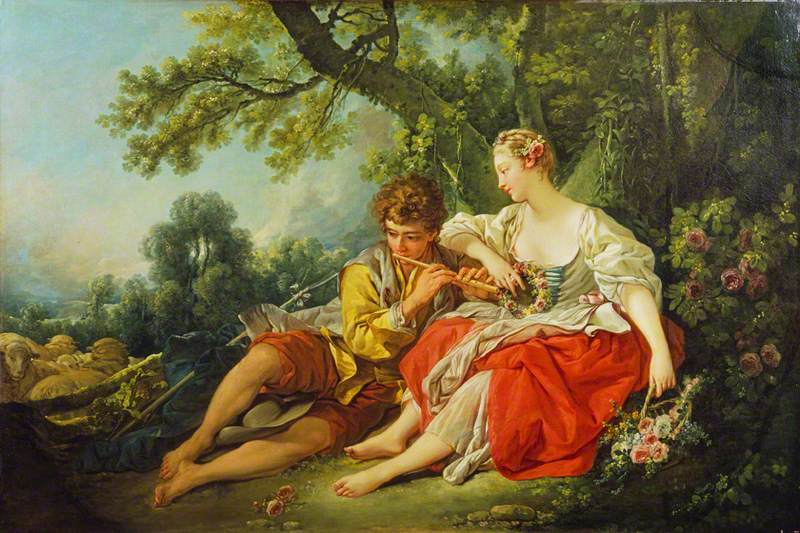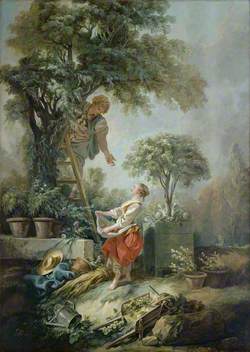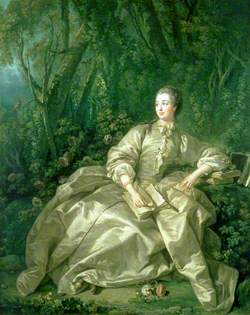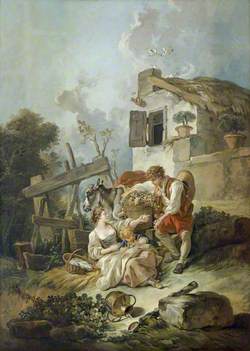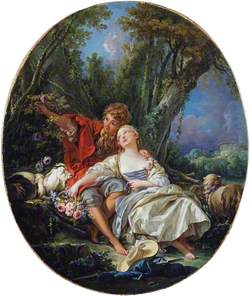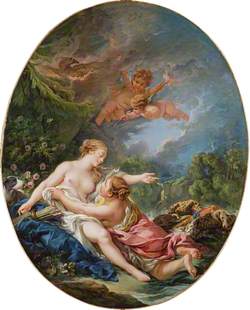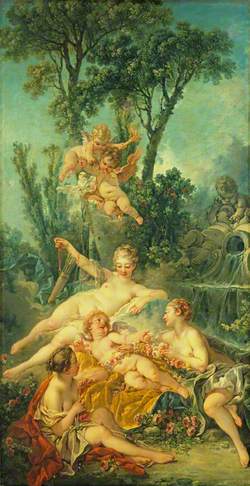How you can use this image
This image is available to be shared and re-used under the terms of the Creative Commons Attribution-NonCommercial-NoDerivatives licence (CC BY-NC-ND).
You can reproduce this image for non-commercial purposes and you are not able to change or modify it in any way.
Wherever you reproduce the image you must attribute the original creators (acknowledge the original artist(s) and the person/organisation that took the photograph of the work) and any other rights holders.
Review our guidance pages which explain how you can reuse images, how to credit an image and how to find more images in the public domain or with a Creative Commons licence available.
DownloadBuy a print or image licence
You can purchase this reproduction
If you have any products in your basket we recommend that you complete your purchase from Art UK before you leave our site to avoid losing your purchases.
Notes
Add or edit a note on this artwork that only you can see. You can find notes again by going to the ‘Notes’ section of your account.
In an Arcadian landscape a shepherd plays the flute to a shepherdess who is about to repay his efforts with a crown of flowers and the reward of her affections. Boucher took his inspiration from the immensely popular pantomimes of Charles-Simon Favart. At the opéra comique, where Boucher was both set designer and a keen member of the audience, Favart’s musical dramas combined Arcadian idealism and aristocratic sensibilities with the rustic characters of popular theatre. This painting appears to illustrate scene V of Favart’s Les Vendanges de Tempé (The Harvest in the Vale of Tempe) of 1745, which opens with the Little Shepherd playing the flute to his sweetheart Lisette. It was probably painted c.1747–1750 in the aftermath of Favart’s stage success.
Title
Shepherd Piping to a Shepherdess
Date
c.1747–1750
Medium
oil on canvas
Measurements
H 94 x W 142 cm
Accession number
P399
Acquisition method
acquired by Richard Seymour-Conway, 4th Marquess of Hertford c.1865–1869; bequeathed to the nation by Lady Wallace, 1897
Work type
Painting
